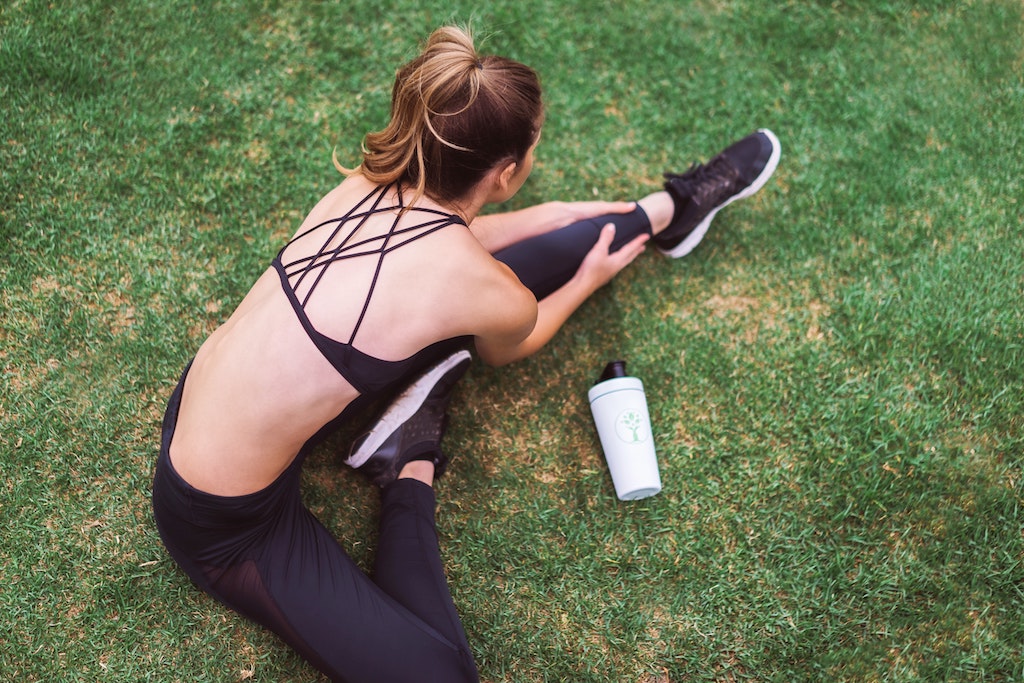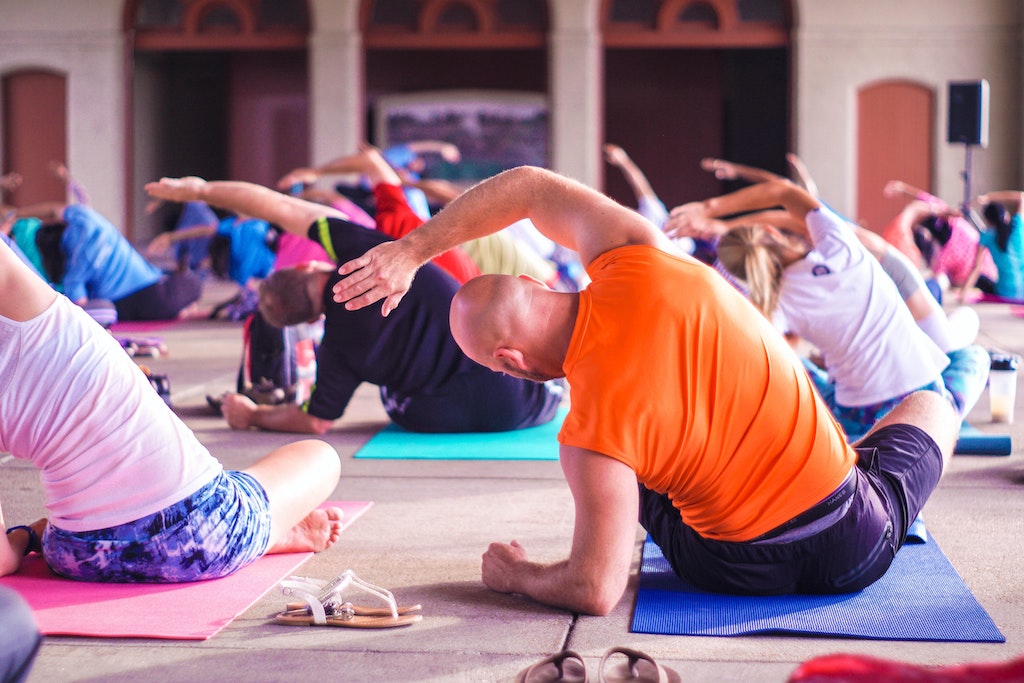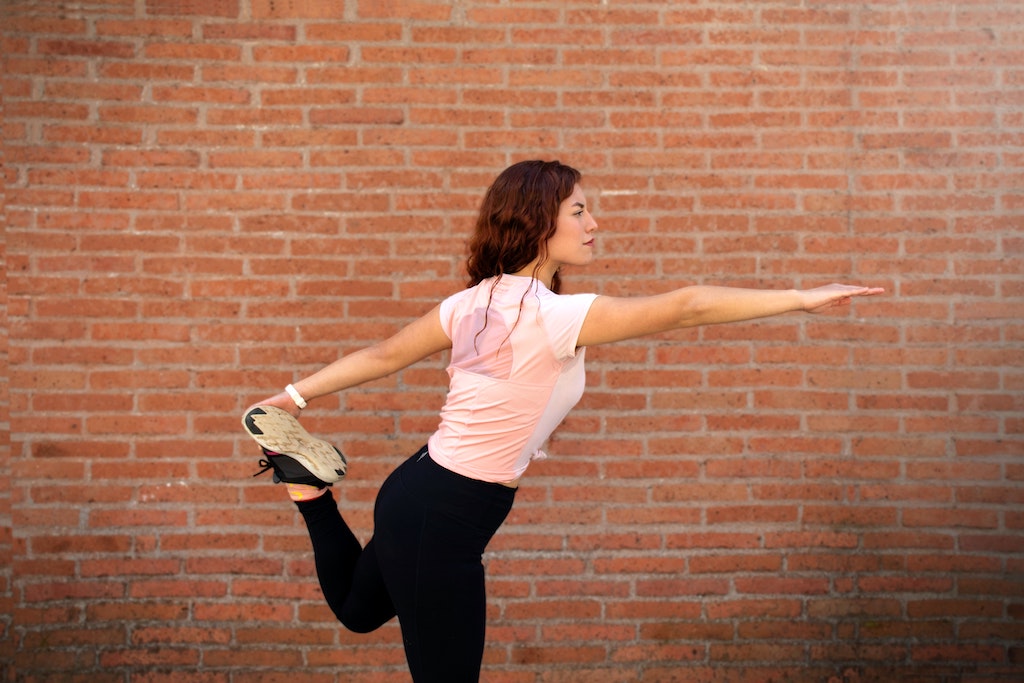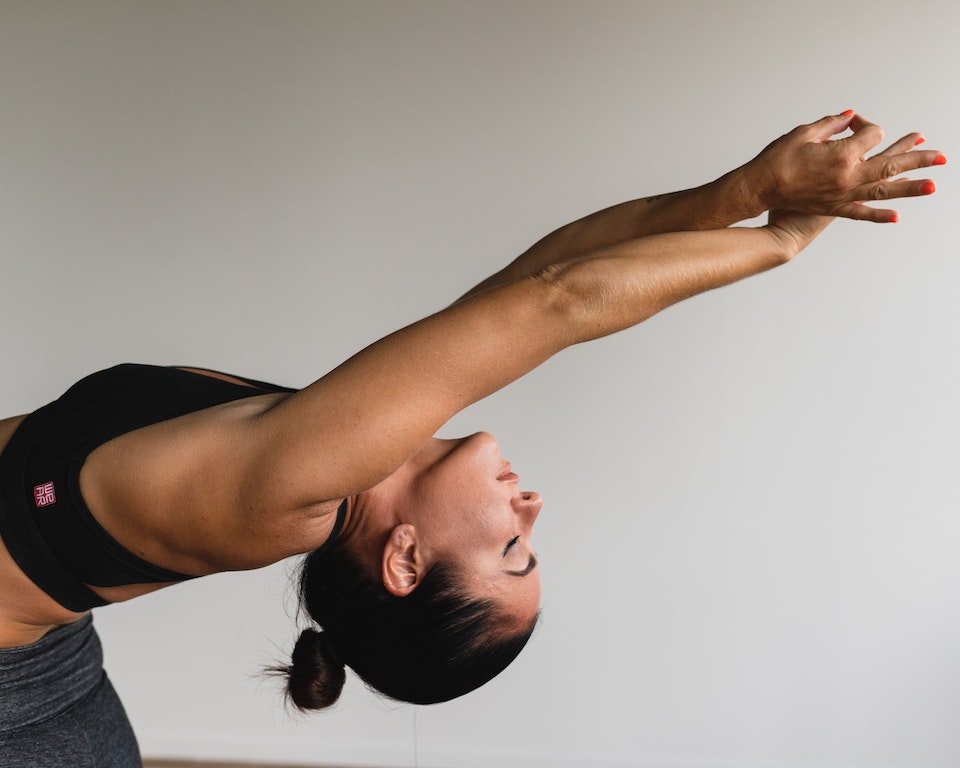Does Yoga Improve Flexibility?
People sometimes say they cannot go to yoga class because they aren’t flexible enough. In reality, isn’t supposed to be the other way round?
Does yoga improve flexibility?
One of the many benefits of yoga is that it improves flexibility. The Hatha Yoga Pradipika, one of the most influential surviving texts on Hatha yoga, says that by practicing asanas (yoga postures), one gets steadiness (firmness) of body and mind, disease-less-ness, and lightness (flexibility) of the limbs.
Gaining an understanding of what flexibility actually is can help us apply it on the yoga mat and change the way we practice. It can also help us better recognize body sensations for what they are which is essential to avoiding injuries. Let’s dive deeper.
How does yoga improve flexibility and why do we need it?
Great question…
Now that we know that yoga does improve flexibility, getting to know the how and why can be very encouraging for those of us struggling to make it to morning yoga class.
1. Improves range of motion
Working on flexibility with yoga postures improves the range of motion of joints. They also help keep the muscles around the joints strong and flexible.
As a result, the body experiences greater movement and better physical performance.
2. Brings relief from pain
With a regular yoga practice, muscles begin to loosen up and lose accumulated tension.
The more flexibility increases, the more length is created.
This helps in releasing pain that is locked up in the muscles.
Research has shown the effectiveness of yoga in easing lower back pain, something many of us struggle with because of our lifestyles.
👉 Do you suffer from back pain? Then, this article may interest you: Learn how yoga retreats can help to heal back pain?
Another common discomfort that can be alleviated is pain in the neck.
How to improve flexibility in yoga?
One of the ways to improve flexibility in yoga is by gradually warming up the body. Cold muscles and joints tend to become stiff thereby losing flexibility and increasing chances of injury.
Keeping warm while practicing and generating inner warmth greatly reduces the chances of injury and cultivate an inner fire.
There are two ways to build inner warmth:
1. Passive warming
Passive warming is inducing warmth from the outside. Using a heated room or hot bath are examples of passive warming. So is Bikram yoga or hot yoga.
A downside of passive warming is that there is less conscious awareness of actual body sensations.
2. Active warming
Active warming is that which is self-initiated.
The benefits of active warming are that it increases heart rate and thus prepares the body for more intense activity; aids the cardiovascular system in increasing blood flow; increases the speed of muscle impulses which leads to greater awareness of body movements, and increases metabolic rate.
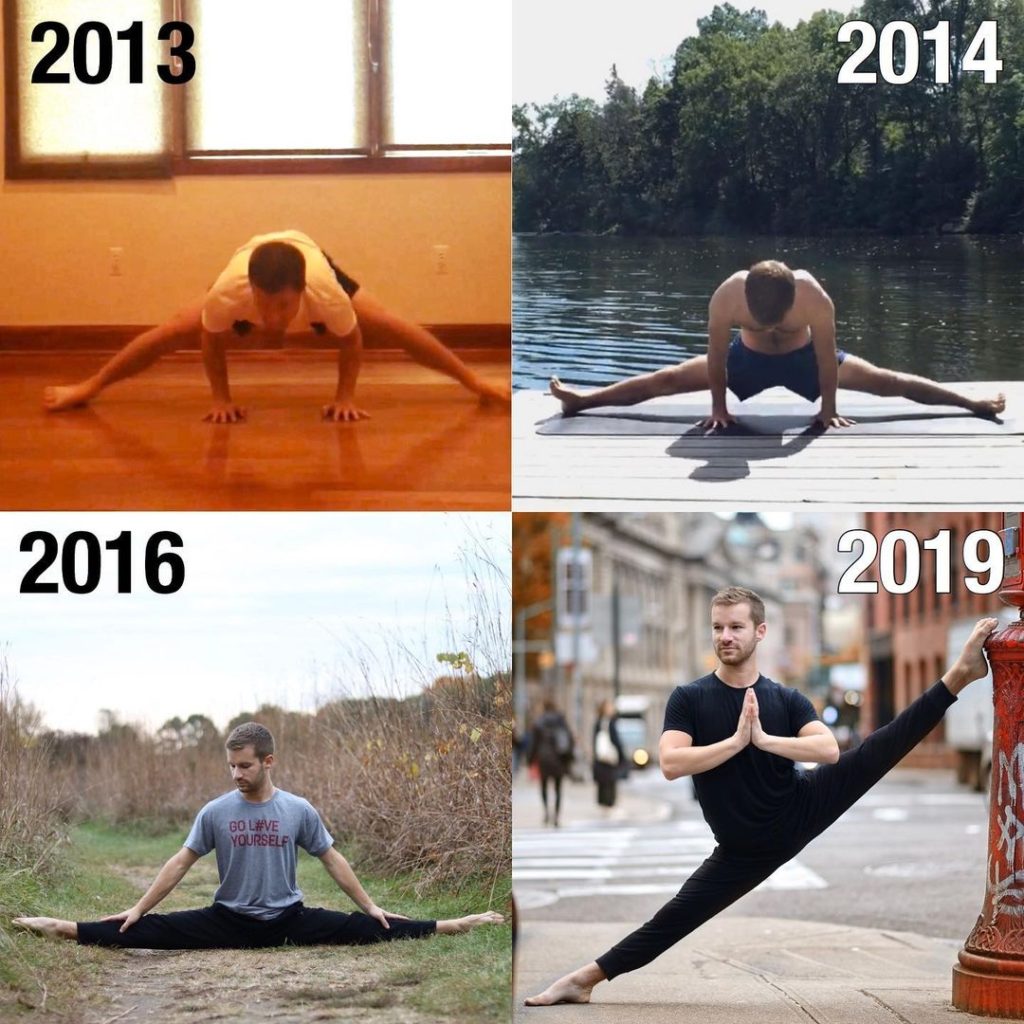
The downside of flexibility in yoga
Watching someone twist her body into a pretzel can bring up feelings of inadequacy.
No matter how many times we are told to not follow an outcome-based approach in our yoga practice, we are inadvertently drawn to aspiring to get there someday.
A highly flexible body can create the illusion of a perfect pose.
Pushing our bodies to reach what looks perfect can lead to serious injuries, even for those of us who can easily bury our heads between our knees in a seated forward fold.
A typical yoga practice explores a wide range of movements and is highly mobile. For our joints to travel a longer distance to reach a certain place, they need to be stable.
The blessing in disguise for those who are stiff is that the tightness in their bodies prevents them from overstretching.
A highly flexible yoga practitioner, however, runs the risk of overdoing and exceeding their limits, which can lead to destabilized joints and therefore, injuries.
One way to prevent injuries for those who are fairly flexible is to always keep a slight bend in the joints.
Even micro-bends can help in activating the muscles and keeping joints stable.
What does flexibility mean?
The different joints in our body allow bones to slide past each other, and in this way, creating movement.
Flexibility is about how far a joint can move. Flexibility is, therefore, a measure of distance.
The more range of motion a joint can open up to and cover, the more flexible it is. This range of motion can be increased through asana practice and breathing exercises.
However, once the limit for a particular range of motion has been reached in a posture, it cannot be further increased.
At that point, a different posture might make it possible to find a newer space and move further.
How body proportions impact flexibility?
It can be frustrating to spend years in yoga practice and still not be able to achieve the ‘perfect’ posture. It is possible to feel stuck and get a feeling of not being able to make further progress in your practice.
During these times, it can be helpful to remember that one of the things which impact our practice is our individual body proportions.
For instance, the length of our limbs can make certain postures unattainable while giving us an advantage in others.
Because our bodies are uniquely built, it is possible that our intrinsic alignments allow for only a certain range of movement.
Hence, it is really important in our yoga practice to not push the body beyond what feels comfortable.
The role of the brain in improving flexibility
The part in the brain that controls muscle coordination and balance is called the Cerebellum. There is constant to and fro of sensations traveling to the brain and motor impulses coming from the brain.
During times of stress, the brain senses danger to well-being and generates protective reflexes which tightens the muscles. By doing this, the brain is preparing the body for a flight or fight response.
To achieve long-term flexibility, it is very important to allow the mind to relax so that the brain can undo some of its protective reflexes, thereby allowing muscles to release stored stress and open up.
Using yogic breath to improve flexibility and find release
Unprocessed negative emotions like anger, fear, grief get bottled up in the abdomen. The diaphragm acts as a lid to hold them there.
Over time, the contraction of the diaphragm creates a block in the flow of energy between the abdomen and the heart.
Yogic breathing or diaphragmatic breathing helps in restoring the flexibility of this area and opens up the passage for energy to flow, both physically and emotionally.
Once space is created for movement, it becomes possible to release these emotions and find harmony.
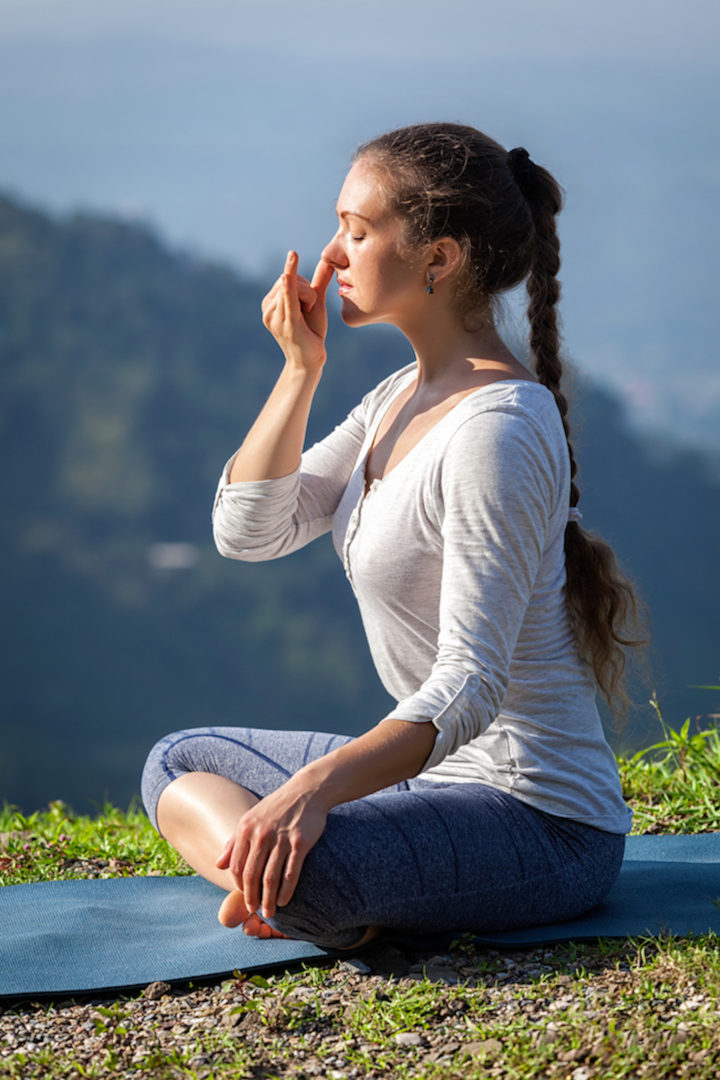
Using yoga to improve mental flexibility
The virtue of courage requires mental flexibility. Courage asks of us to cope effectively with changes – both expected and unexpected.
Yoga on the mat can also help us off the mat.
The principles remain the same.
Swami Swatmarama, the fifteenth-century yogic sage who compiled the Hatha Yoga Pradipika, advises that a seeker on the path of yoga should not be preoccupied with rules and regulations. If nothing, they impede spiritual progress and make one ‘narrow-minded’.
A yogi’s mind should be open and free so that it can expand into its consciousness and not limit it.
A flexible mind is imperative to making progress in the yogic path.
What is most challenging is to find balance between a strong mind and a flexible mind. It can take years of dedicated practice to find that balance.
The best part is that our yoga practice can show us the way and help us get there while living our unique life journeys.
Closing thoughts
No matter how many times it is said, it cannot be said enough. The purpose of yoga is to discover and connect to our true selves. It is possible that that true self is not very flexible.
Flexibility cannot be coerced through effort. It comes from surrender.
When we take off pressure from our bodies and minds, we will find that they will both create space and ease into that space. That’s the only place we need to reach.
Ready to become more flexible? 👉 Here are 6 yoga asanas for flexibility and strength!


